Pixelfox is a free online AI photo editor that simplifies photo editing tasks for users of all skill levels. With a comprehensive toolkit, it allows for easy enhancements, background removals, and image generation without the need for downloads. The platform is designed to help creators and businesses produce high-quality images quickly and efficiently.
AI Photo Editor - Edit photos online for free
Pixelfox AI is one of the best free AI image editing tools, designed to automatically edit images and photos. Start editing photos now.
Introduction
Feature
-
Object Remover
Highlight and remove unwanted objects, text, or people from photos with precision.
-
AI Inpaint Tool
Edit and repair photographs by adding or removing elements in selected areas through text prompts.
-
Background Removal AI
Remove backgrounds to achieve transparent images in seconds, with options to replace them with new backgrounds.
-
AI Expand Image
Effortlessly uncrop and expand images to create stunning visuals while maintaining quality.
-
AI Image Enhancer
Enhance image quality to improve clarity, color, and resolution easily.
-
AI Photo Retoucher
Automatically retouch photos online to enhance beauty and overall appearance.
-
AI Background Generator
Generate realistic and beautiful background images instantly to elevate your photos.
-
AI Image Generator
Transform creative ideas into HD-quality images by submitting text instructions.
How to Use?
- Visit the Pixelfox website and log in to your account.
- Select the desired editing tool from the toolkit.
- Upload your photo to start editing.
- Use the object remover or background removal tools as needed.
- Adjust image parameters and apply enhancements.
- Download or share your edited photo directly from the platform.
FAQ
Is Pixelfox AI Photo Editor free?
Yes! Pixelfox AI Photo Editor is completely free, with no hidden costs or subscription fees.
How long does it take to edit a photo with Pixelfox AI?
Most edits are rendered in real-time, typically within 30 seconds.
What file types can Pixelfox AI work with?
Pixelfox supports JPEG, PNG, TIFF, GIF, WebP, and RAW files.
Is Pixelfox AI available for mobile devices?
Yes, Pixelfox is responsive and works well on all devices without needing additional apps.
How accurate is the background removal tool?
The background removal tool achieves approximately 98% accuracy, even on complex edges.
Price
- Free Plan: $0/month
The price is for reference only, please refer to the latest official data for actual information.
Evaluation
- Pixelfox offers a robust suite of tools that cater to both beginners and professionals, making photo editing accessible and efficient.
- The speed of processing edits is impressive, allowing users to receive results almost instantly.
- While the features are comprehensive, some advanced users may find limitations in customization options.
- The platform's reliance on internet connectivity may hinder users in areas with poor internet access.
- Overall, Pixelfox stands out for its user-friendly interface and powerful capabilities, though it could benefit from additional advanced editing features for professional-grade work.
Latest Traffic Insights
Monthly Visits
58.05 K
Bounce Rate
45.32%
Pages Per Visit
2.70
Time on Site(s)
145.64
Global Rank
514127
Country Rank
Russia 35101
Recent Visits
Traffic Sources
- Social Media:0.83%
- Paid Referrals:0.40%
- Email:0.32%
- Referrals:2.30%
- Search Engines:70.37%
- Direct:25.78%
Related Websites
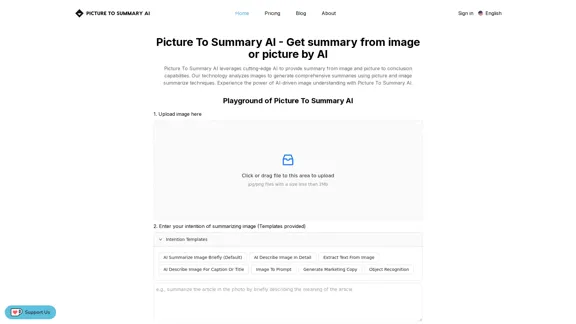
Picture To Summary AI - Get summary from image or picture by AI
Picture To Summary AI - Get summary from image or picture by AIPicture To Summary AI is a tool for generating summaries from images or pictures.
5.16 K
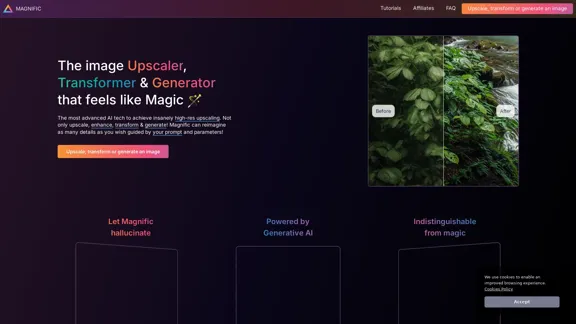
Magnific AI — The amazing image upscaling and enhancement tool
Magnific AI — The amazing image upscaling and enhancement toolThe most advanced AI upscaler and enhancer. Magnific can reimagine as many details in your image or photo as you wish, guided by your prompt and parameters!
595.11 K
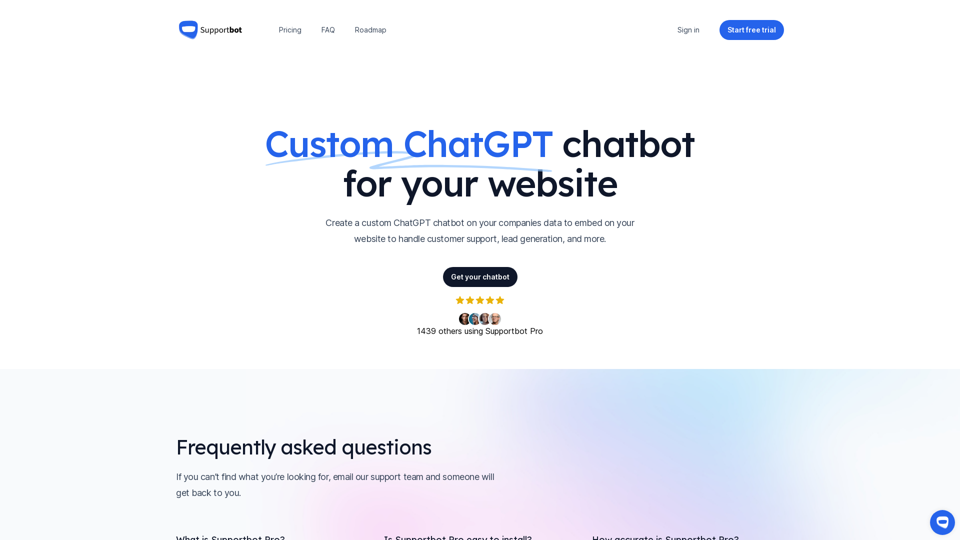
The AI-powered chatbot which leverages your company data to answer customer questions and generate leads.
0
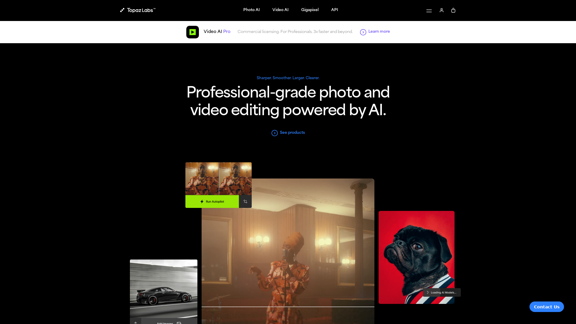
Topaz Labs | Professional-level photo and video editing powered by AI.
Topaz Labs | Professional-level photo and video editing powered by AI.Deep learning-powered photo and video enhancement software delivers the highest image quality available for noise reduction, sharpening, upscaling, and additional improvements.
3.12 M
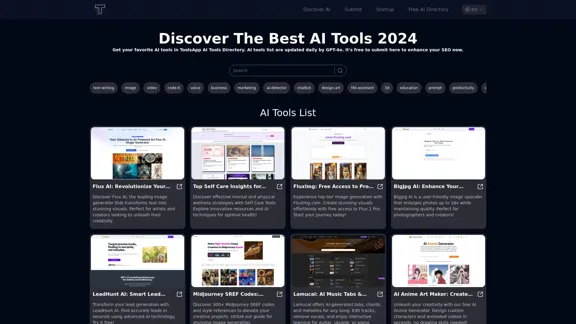
Get your top AI Tools | ToolsApp AI Tools Directory
Get your top AI Tools | ToolsApp AI Tools DirectoryToolsApp AI Directory is a tool that provides a free directory of AI tools. Find your favorite AI tools with ToolsApp AI Directory. ToolsApp AI Directory aims to gather all AI tools and offer the best options for users.
0
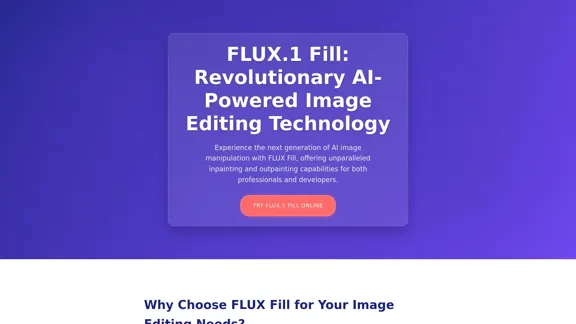
FLUX Fill: Advanced AI Solution for Image Inpainting and Outpainting
FLUX Fill: Advanced AI Solution for Image Inpainting and OutpaintingFLUX Fill provides professional-quality AI image inpainting and outpainting. Change your images with smooth edits and natural extensions.
664
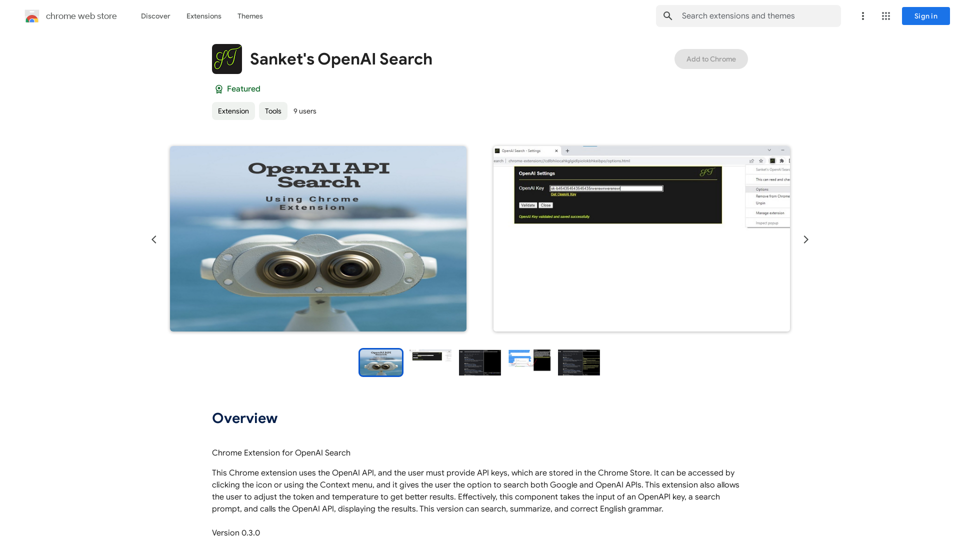
Chrome Extension for OpenAI Search This is a Chrome extension that integrates OpenAI's powerful search capabilities directly into your browser. Features: * Seamless Search: Access OpenAI's search results directly from your address bar or by clicking a dedicated button. * Contextual Understanding: The extension leverages OpenAI's advanced language models to understand the context of your search queries, delivering more relevant and insightful results. * Summarization and Insights: Get concise summaries and key takeaways from search results, saving you time and effort. * Customizable Settings: Tailor your search experience with options to adjust parameters like temperature and top_p for fine-tuned results. Benefits: * Enhanced Research: Uncover deeper insights and explore information more effectively. * Improved Productivity: Quickly find the information you need and streamline your workflow. * New Ways to Explore: Discover unexpected connections and gain a broader understanding of topics.
193.90 M
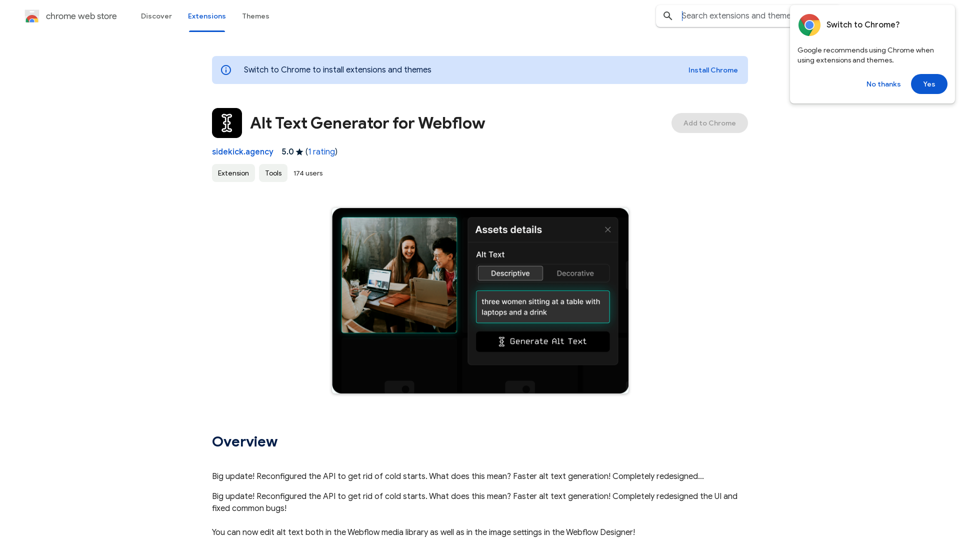
Alt Text Generator for Webflow This tool helps you generate descriptive alt text for your Webflow images. Why is Alt Text Important? * Accessibility: Alt text allows screen readers to describe images to visually impaired users. * SEO: Search engines use alt text to understand the content of your images, improving your website's ranking. How to Use: 1. Paste your image URL: Enter the URL of the image you want to generate alt text for. 2. Click "Generate Alt Text": The tool will analyze the image and suggest relevant alt text. 3. Review and Edit: Read the generated alt text and make any necessary changes to ensure it accurately describes the image. Example: Image URL: https://www.example.com/image.jpg Generated Alt Text: A photo of a smiling woman holding a cup of coffee. Remember: * Keep alt text concise and descriptive. * Use keywords that accurately reflect the image content. * Avoid using generic phrases like "image" or "picture."
Alt Text Generator for Webflow This tool helps you generate descriptive alt text for your Webflow images. Why is Alt Text Important? * Accessibility: Alt text allows screen readers to describe images to visually impaired users. * SEO: Search engines use alt text to understand the content of your images, improving your website's ranking. How to Use: 1. Paste your image URL: Enter the URL of the image you want to generate alt text for. 2. Click "Generate Alt Text": The tool will analyze the image and suggest relevant alt text. 3. Review and Edit: Read the generated alt text and make any necessary changes to ensure it accurately describes the image. Example: Image URL: https://www.example.com/image.jpg Generated Alt Text: A photo of a smiling woman holding a cup of coffee. Remember: * Keep alt text concise and descriptive. * Use keywords that accurately reflect the image content. * Avoid using generic phrases like "image" or "picture."Big update! Reconfigured the API to get rid of cold starts. What does this mean? Faster alt text generation! Completely redesigned...
193.90 M